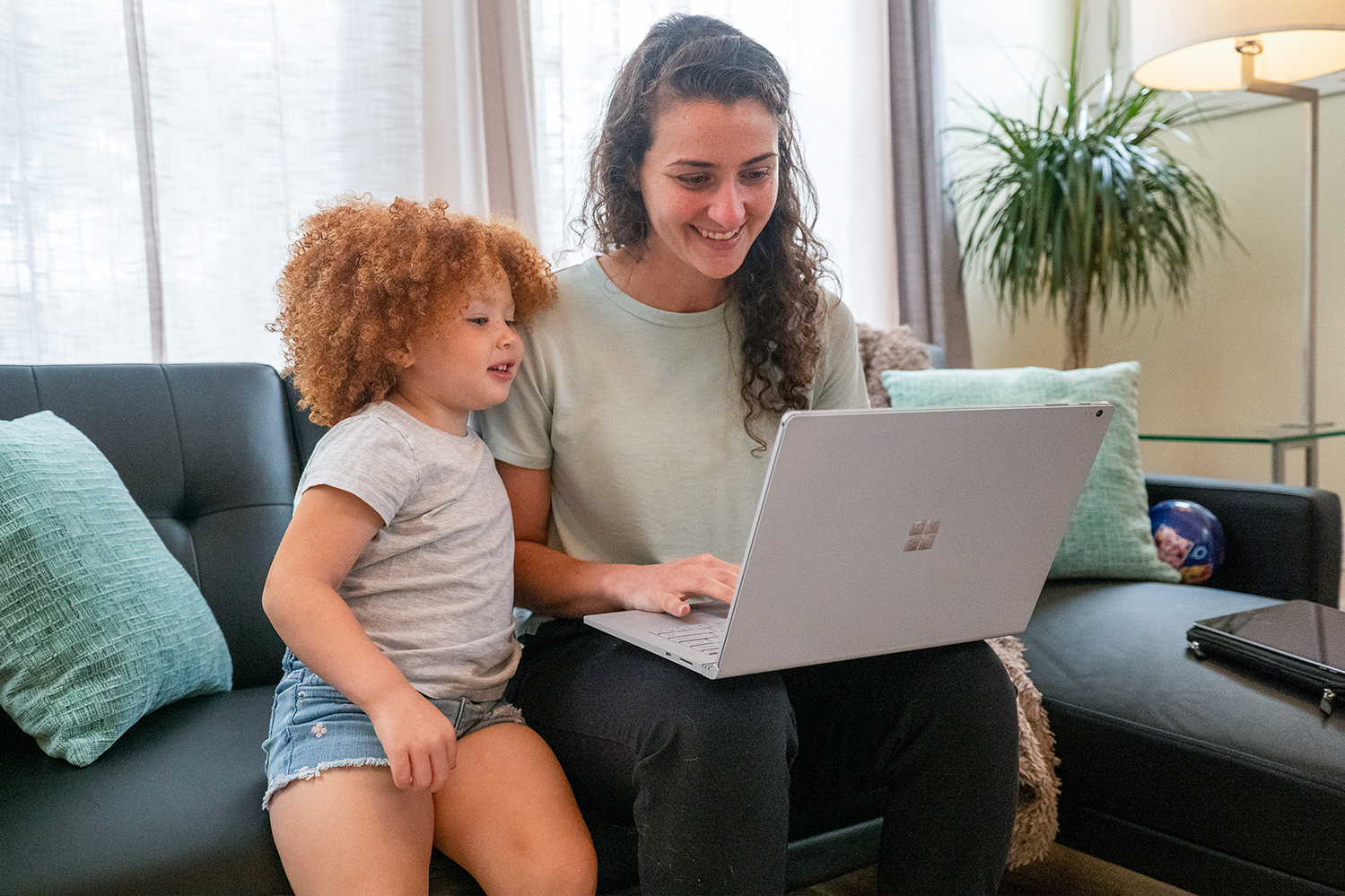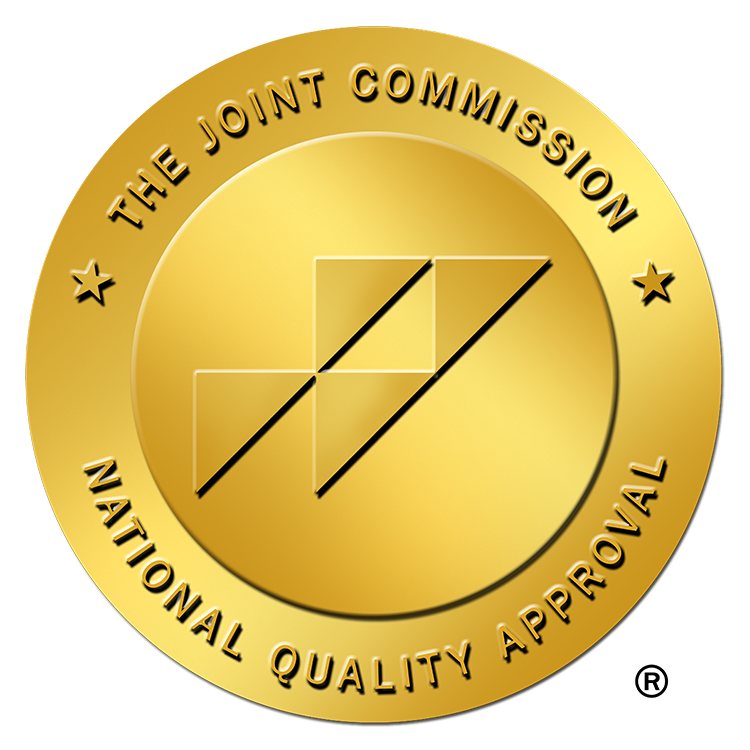Choosing the right Applied Behavior Analysis (ABA) therapy provider for your child is one of the most important decisions a family can make. ABA can be life-changing when it is compassionate, well-delivered, and tailored to the needs of the whole family. But with so many providers offering services, it can be hard to know what to look for, or what to ask.
Whether you are exploring ABA therapy for the first time or transitioning between providers, asking the right questions can help ensure that your child’s care aligns with your family values, your child’s learning style, and your logistical needs. Research shows that parent engagement and family-centered approaches are critical to successful ABA outcomes, making your active participation in provider selection essential.
Below are questions to consider asking that will help you evaluate a provider’s approach, priorities, and fit, informed by current research on best practices and family preferences.
1. What is your stance on neurodiversity, and how does it influence your approach to ABA?
It’s important to find a provider who respects and embraces neurodiversity: the idea that neurological differences like autism are natural variations of the human experience. A provider who supports neurodiversity will focus on helping your child build meaningful skills and independence, without trying to “normalize” or eliminate natural behaviors unless they pose a safety or access barrier.
Look for language that values your child’s individuality and prioritizes quality of life over compliance. Recent research emphasizes the importance of affirming neurodiversity within ABA practice, ensuring interventions enhance rather than suppress your child’s authentic self.
2. Do you use assent-based and trauma-informed care practices?
Your child’s comfort, trust, and willingness to participate matter. Assent-based care emphasizes that a child should be an active participant in therapy, not just a passive recipient. This means honoring when a child shows signs of distress or disengagement and adjusting the approach accordingly.
Similarly, trauma-informed care recognizes that all children, especially those who have experienced medical, educational, or familial trauma, deserve therapeutic approaches that are gentle, safe, and respectful. Ask how the provider incorporates these principles into session delivery and training for staff.
3. How do you ensure clear and consistent communication with families?
Open communication is a cornerstone of effective therapy. Families should be kept in the loop about progress, goals, challenges, and any changes in therapy plans. Ask how often you can expect communication from the clinical and operations team and in what format (e.g., weekly updates, data reviews, monthly meetings).
Research shows that building rapport and trust through clear communication and active listening is essential for successful outcomes. You should feel like a partner in the process, not an outsider looking in.
4. What does parent training look like at your organization?
Parent training isn’t an optional add-on, it’s a critical part of successful ABA. Meaningful parent training should be collaborative, skill-based, and focused on empowering you to use strategies in everyday situations.
Ask how often parent training is provided, what topics are typically covered, and how the clinician will support you in generalizing strategies to home and community environments. Evidence shows that parent involvement is key to success, as parents reinforce behaviors and strategies on a day-to-day basis to help children improve social, communication, and adaptive skills.
5. How will you work with our schedule while still meeting clinical recommendations?
The ideal therapy schedule balances clinical necessity with family practicality. It’s okay to ask, “What are the recommended hours, and how flexible can we be in implementing them?”
Look for a provider who can offer options while also being transparent about how any reduction in hours might affect your child’s progress. Family-centered care models show improved treatment utilization when providers work collaboratively with families to find schedules that work.
6. Do you collaborate with schools and other service providers?
Coordinated care is especially important if your child is receiving services at school or from speech, occupational, or mental health providers. Ask whether the ABA team is willing and able to coordinate with other professionals, attend IEP meetings, and integrate recommendations across settings.
This kind of wraparound approach can make a big difference in your child’s overall development and success. Research supports comprehensive, coordinated interventions that address multiple areas of development simultaneously.
7. What does the assessment process involve?
Before therapy begins, your provider will complete an initial assessment to determine your child’s strengths, needs, and goals. Ask how long the assessment takes, what tools will be used, and how your input as a parent will be incorporated.
Understanding the process sets the tone for collaborative care from the very beginning. The assessment should be customized based on your child’s individual skills, needs, interests, preferences, and your family situation.
8. How many people will work with my child? How is consistency ensured?
Consistency builds trust, especially for children who benefit from routine and predictable relationships. Ask how many technicians will be assigned to your child and what the provider does to minimize turnover or ensure smooth transitions if staff changes occur.
Some variability is unavoidable, but a good provider will have systems in place to train new staff thoroughly and maintain consistency in programming and expectations.
9. How often will a Board Certified Behavior Analyst (BCBA) supervise therapy?
The majority of direct, one-on-one therapy for your child will be delivered by Behavior Technicians. It’s important to ask what percentage of your child’s therapy hours will be directly supervised by a BCBA. This supervision should occur on a weekly basis for a percentage of your child’s total therapy hours.
Ongoing oversight by a qualified BCBA is essential for maintaining treatment quality and making timely adjustments.
10. How do you practice cultural humility and avoid clinical jargon?
Research highlights the importance of cultural humility in ABA practice, understanding that providers cannot fully comprehend each family’s unique experiences and must work to dispel power imbalances. Ask how the provider ensures they are culturally responsive and honors your family’s values and practices.
Additionally, effective providers should communicate in understandable terms rather than clinical jargon, making the process more accessible and collaborative.
11. How do you handle goal setting and progress monitoring?
Evidence-based practice involves setting goals collaboratively with families and reassessing frequently. Ask how the provider includes your input (and your child’s input if appropriate) in goal development and how they handle situations where goals may need adjustment.
Look for providers who use data to show progress in user-friendly ways, including visual representations like graphs and charts. Sometimes small improvements aren’t readily apparent to parents who see their children daily, but data can reveal meaningful progress.
12. What happens when our preferences differ from clinical recommendations?
Research shows that tension between parental preferences and evidence-based practices can impact outcomes. Ask how the provider handles situations where your preferences might differ from their clinical recommendations.
Look for providers who practice active listening, validate your concerns, and work collaboratively to find solutions that honor both evidence-based practice and your family’s needs and values.
—
Starting ABA therapy is a big step, and you deserve to feel informed, empowered, and supported throughout the process. The right provider will welcome your questions and appreciate your desire to be an engaged partner in your child’s care.
Research consistently shows that when families are active participants in their child’s intervention, outcomes improve significantly. Your involvement isn’t just beneficial, it’s essential. Take your time. Ask questions. And choose a team that not only understands your child’s needs but also honors your family’s voice in the process.
Remember, you are the expert on your child, and the best ABA providers recognize this. They will work with you as an equal partner, building on your strengths and supporting your family’s journey toward your child’s greater independence and success.
About the Author
This blog was written by Jerry Idicula. Jerry Idicula is an Area Clinical Director of Services for Centria in metro Detroit. He earned his Master’s in Education in Educational Psychology from Wayne State University in 2018. Joining Centria in 2022, Jerry’s professional passions within the field of Applied Behavior Analysis (ABA) include disseminating the science of behavior analysis, consulting on complex cases, and leadership development.
—
This blog post incorporates current research on ABA best practices, family preferences, and evidence-based approaches to ensure families have the most up-to-date information when selecting an ABA provider.
Supporting Research
Parent Involvement & Engagement:
- Nelson, A. (2024). How parental preferences and evidence-based practices intersect to achieve success in intervention programs. KevinMD. [Supporting parent involvement as key to success in ABA interventions]
- Dalun, Z., Hsein-Yuan, H., Oi-man, K., Benz, M., & Bowman-Perrott, L. (2011). Research demonstrating parent involvement results in positive outcomes across academic skills and social behaviors. Referenced in PMC Article PMC6269398
Cultural Humility in ABA:
- Wright, P. I. (2019). Cultural humility in the practice of applied behavior analysis. Behavior Analysis in Practice, 12(4), 805-809. PMC6834807. [Defines cultural humility as maintaining an interpersonal stance that is other-oriented]
- Hook, J. N., Davis, D. E., Owen, J., Worthington, E. L., & Utsey, S. O. (2013). Cultural humility: Measuring openness to culturally diverse clients. Journal of Counseling Psychology, 60(3), 353-366. [Original definition of cultural humility as “ability to maintain an interpersonal stance that is other-oriented”]
ABA Effectiveness & Best Practices:
- Yu, Q., Li, E., Li, L., & Liang, W. (2020). Efficacy of interventions based on applied behavior analysis for autism spectrum disorder: A meta-analysis. Psychiatry Investigation, 17(5), 432-443. [Meta-analysis showing medium effects for comprehensive ABA interventions]
- Sandbank, M., Bottema-Beutel, K., Crowley, S., et al. (2020). Project AIM: Autism intervention meta-analysis for studies of young children. Psychological Bulletin, 146(1), 1-29. [Large-scale meta-analysis of ABA interventions]
Family-Centered Care & Communication:
- Mathur, A., & Rodriguez, V. (2021). Calls for change in ABA practice to improve family outcomes. Behavior Analysis in Practice. [Supporting family-centered approaches in ABA]
- Miller, K. L., Cruz, A. R., & Ala’i-Rosales, S. (2019). Inherent tensions and possibilities: Behavior analysis and cultural responsiveness. Behavior and Social Issues, 28, 14-26. [Addressing cultural responsiveness in ABA practice]
Data-Driven Progress Monitoring:
- Kazdin, A. E. (1996). Dropping out of child psychotherapy: Issues for research and implications for practice. Clinical Child Psychology Review, 1(1), 133-156. [Discusses importance of data in showing progress to families]
- Irvine, A. B., Biglan, A., Smolkowski, K., Metzler, C. W., & Ary, D. V. (1999). The effectiveness of a parenting skills program for parents of middle school students. Journal of Consulting and Clinical Psychology, 67(6), 811-825. [Family engagement statistics]
Additional Supporting Research:
- Pritchett, C., Steinberg, L., Minshew, N., & Goldstein, G. (2021). Improving cultural responsiveness in ABA service delivery. Behavior Analysis in Practice. [Cultural responsiveness in service delivery]
- Veneziano, L., & Shea, V. (2022). Neurodiversity-affirming practices in ABA. Journal of Applied Behavior Analysis. [Neurodiversity-affirming approaches]





